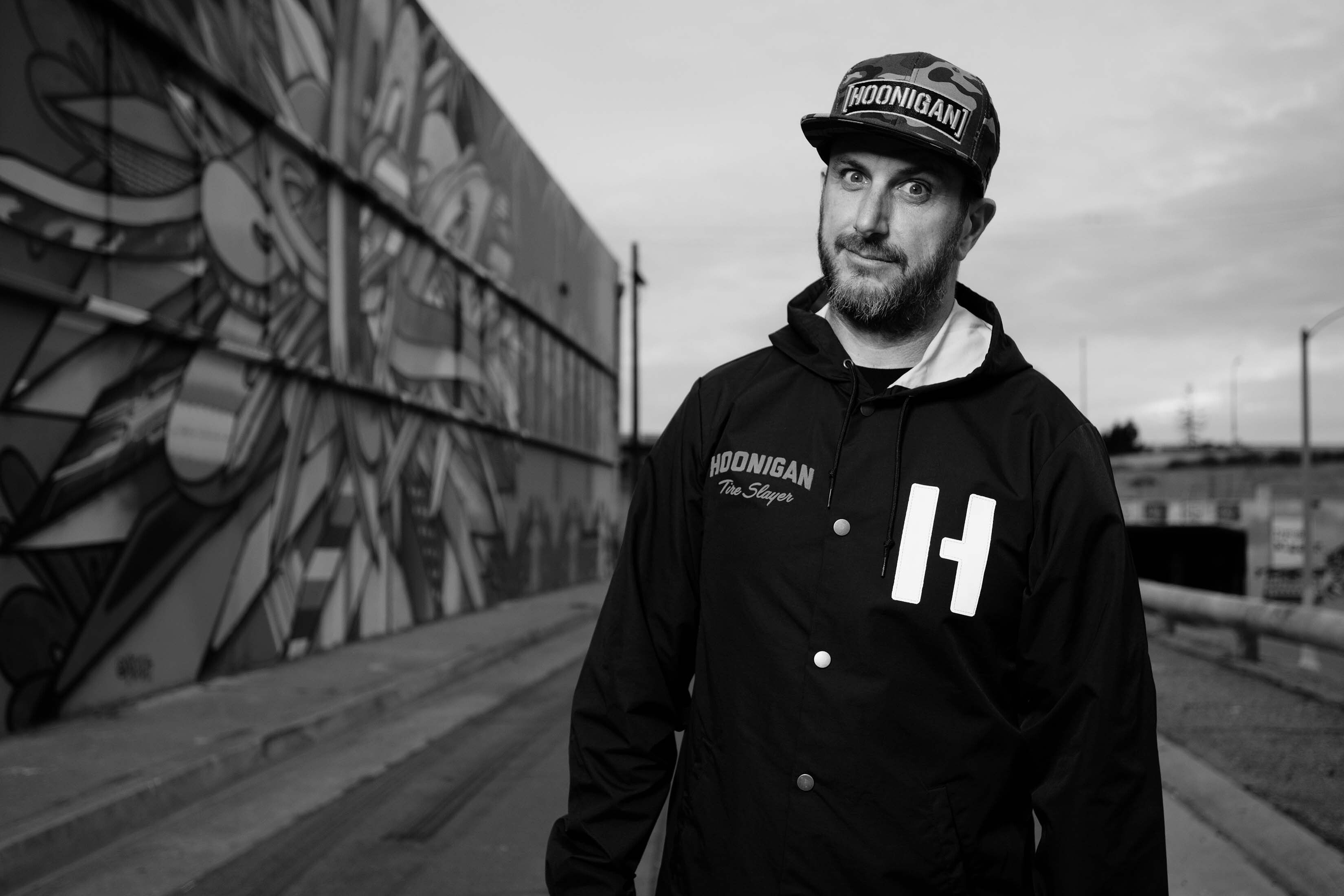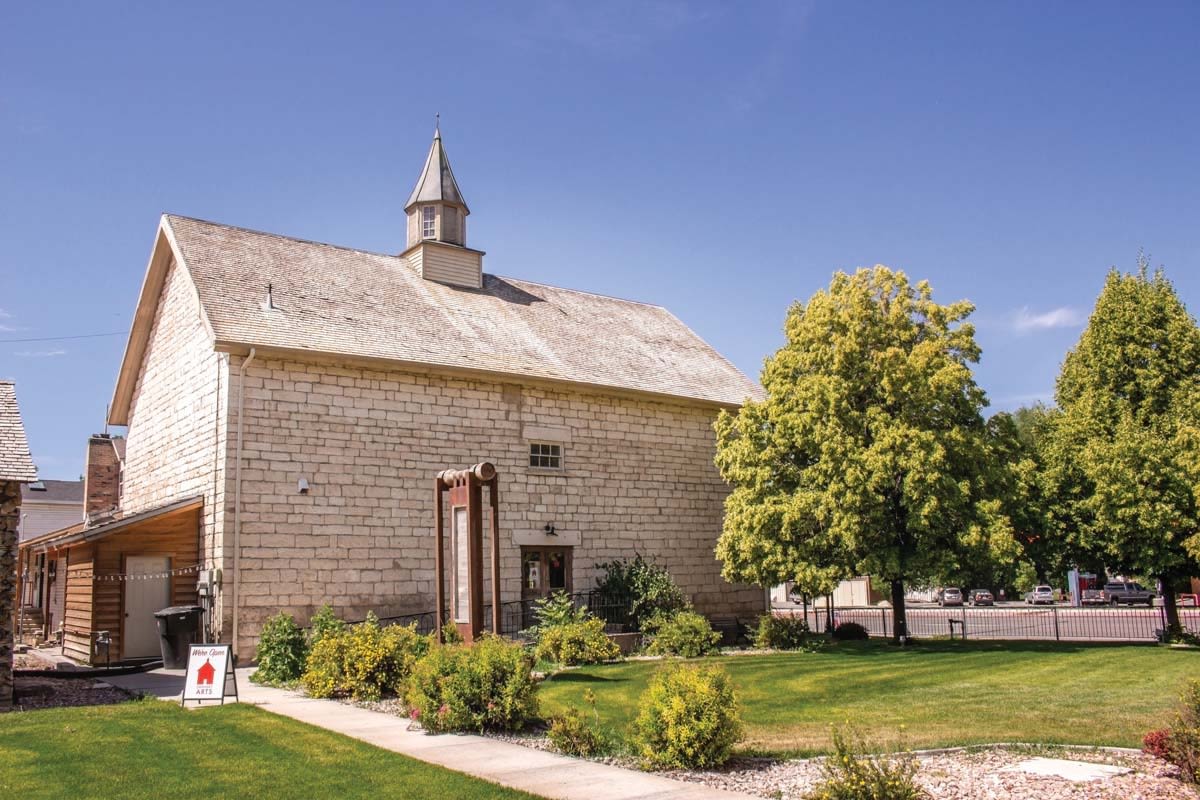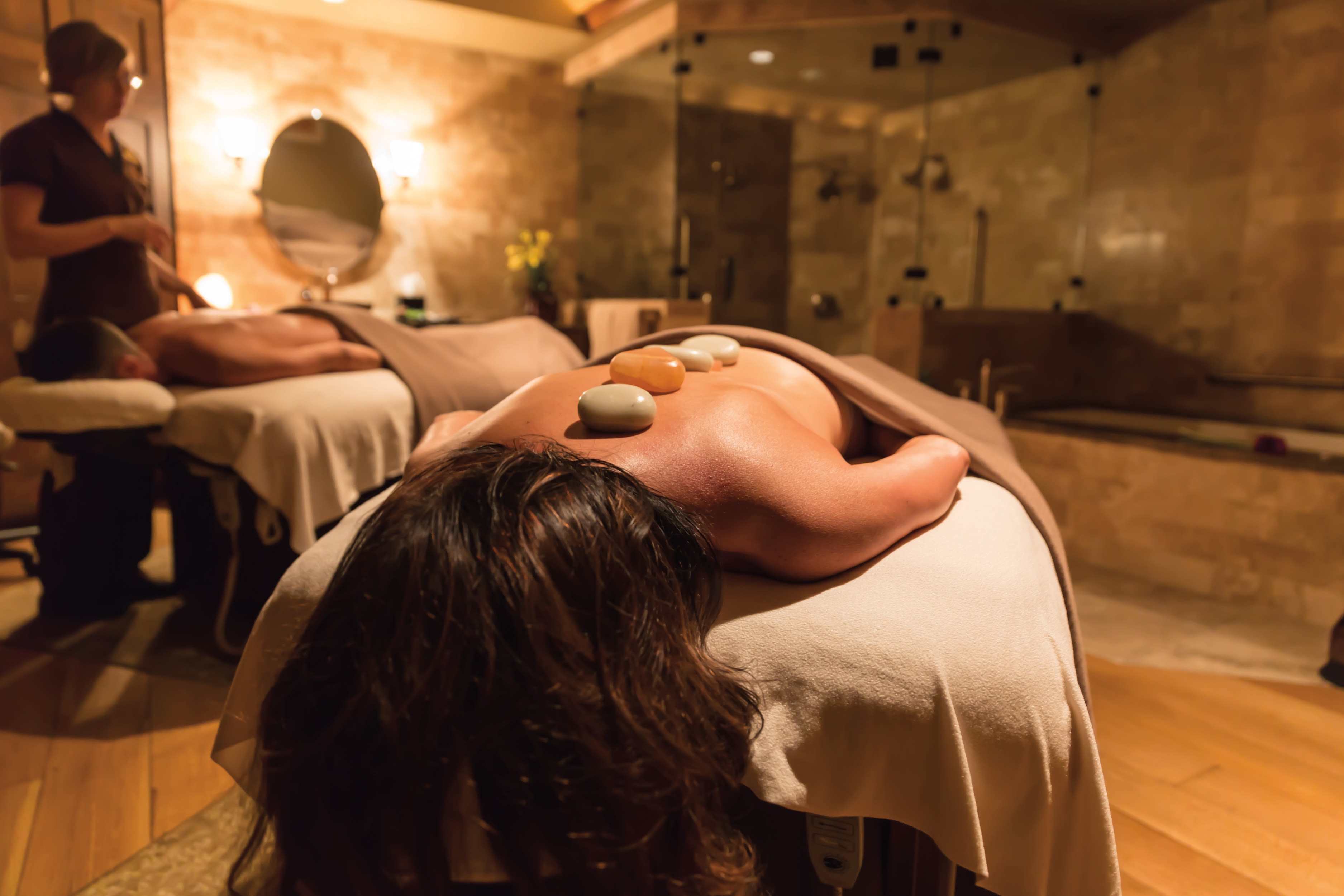Phat or Flat
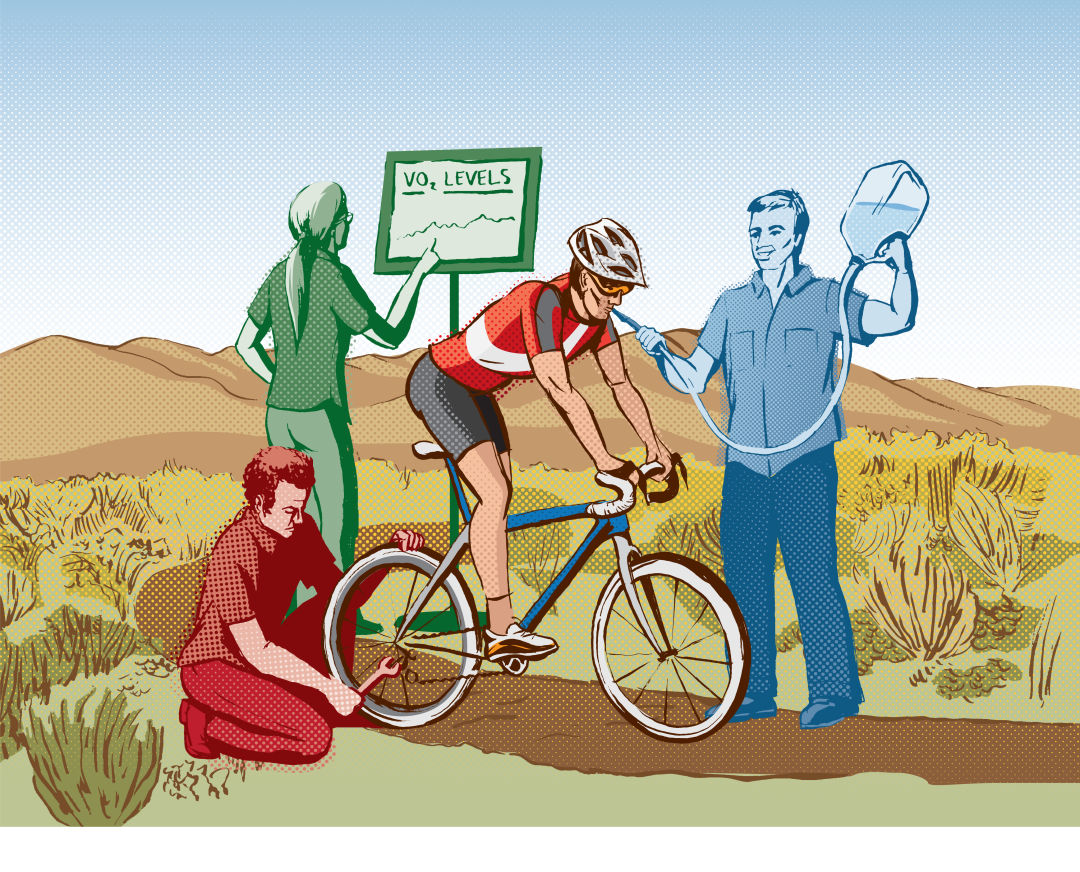
Image: Thomas Cobb
1
The first step to becoming a better biker is to assess your cardiovascular fitness. In the past, VO2 max was the golden measure of biking prowess. It determines the maximum amount of oxygen processed at peak levels of intensity. According to Parkite Dr. Max Testa, renowned sports scientist and chief medical officer for the BMC Cycling Team, “We learned that athletes with a high VO2 max could really waste a lot of oxygen if they moved their shoulders, rocked in the saddle, or pedaled inefficiently.”
As a result, aerobic and anaerobic thresholds that measure the percent of VO2 max sustained over time are now also considered. “The aerobic threshold is the minimum amount of exercise required to have a training effect,” Testa explains. “The anaerobic threshold is the point where lactic acid builds up in your muscles.” Bikers with high aerobic and low anaerobic thresholds should add more intensity and interval training to their rides. Riders with a high anaerobic and low aerobic threshold should increase the amount of time they spin or hit the trails. “The bottom line is that exercise is always good,” Testa says. “If you have time, take a longer ride. If you have less time, focus more on quality and intensity.”
Charlie Sturgis, executive director of Mountain Trails Foundation, agrees. “In a town like Park City, there’s no reason not to spend time on your bike,” he says. “Any amount of time you pedal will increase your fitness in the long term.” With Park City’s recent designation as a Gold-level Ride Center by the International Mountain Bicycling Association, there’s even more reason to hit the trail.
2
Another way to take your biking to the next level is to get your current equipment evaluated. “The technology in bikes is evolving so quickly, it’s insane,” says Todd Henneman, bike manager and buyer for Jans. “If you’re on the cusp of a breakthrough, a new bike with the latest technology could really put you over the top.”
Both Henneman and Testa are also advocates of proper bike fitting. “Something as simple as getting your seat in the correct fore and aft position and at the right height can increase your power substantially,” says Henneman, a former professional mountain biker and Category 4 road bike racer. “If you’re too far back and too low, it can be miserable climbing on steep terrain.”
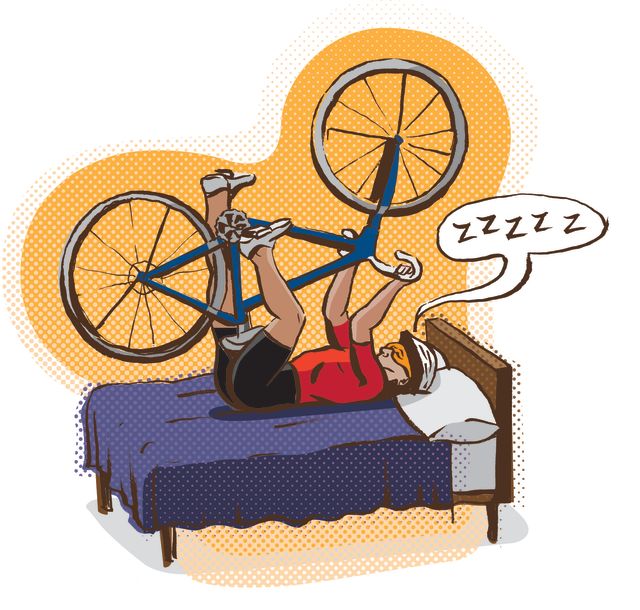
Image: Thomas Cobb
3
And don’t discount proper nutrition and hydration as ways to improve performance. Testa advises riders to drink at least one 16-oz. water bottle for every hour on the bike. And since recreational cyclists need to consume 250 to 300 calories per hour, he recommends adding calories to your water. A drink mix like Accelerade, which includes carbohydrates, electrolytes, and sugar, does the trick.
4
Lastly, consider the importance of rest days. While some riders despise the notion of a rest day, “people have to remember that recovery is part of training,” Testa says. “Your body gets stronger during rest. If you take away rest, you’re taking away part of your training.”




